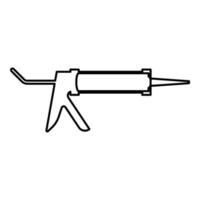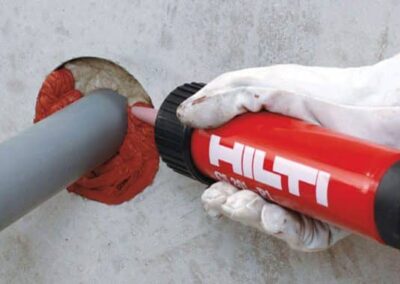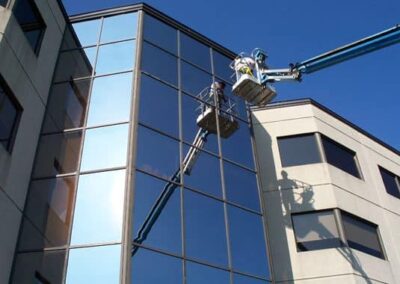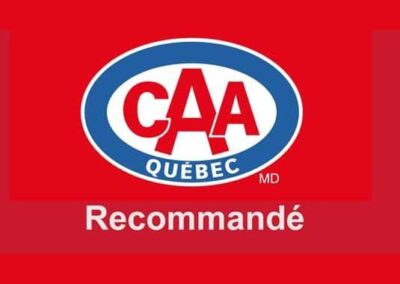Professional Caulking
Montreal – North Shore – South Shore
Doors and Windows Caulking
Residential – Commercial – Institutional
Specialty: CONDOMINIUMS
ELITE CAULKING
The caulking elite for Doors & Windows in Greater Montreal
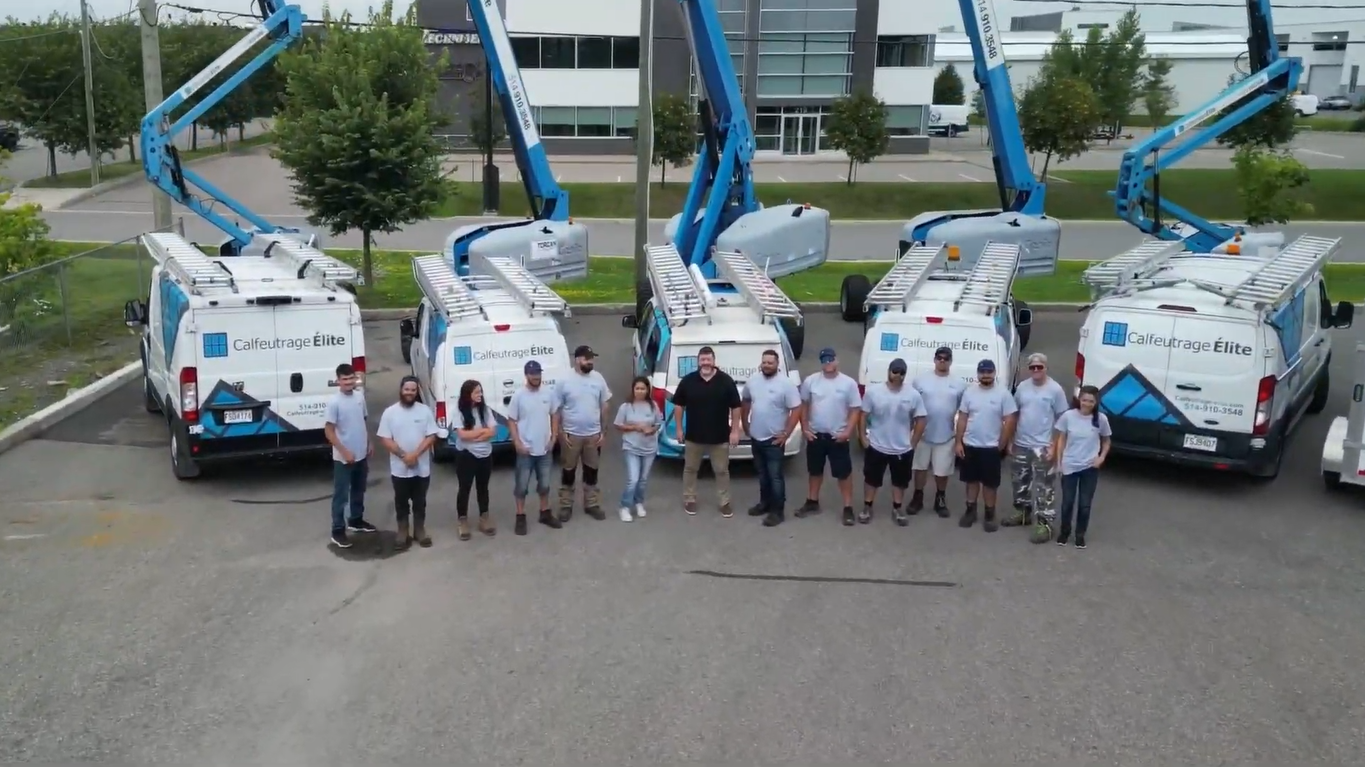
Our services
It is the expertise and know-how put into practice by our technicians in their service delivery that allows us to be leaders in our industry, windows and doors caulking in Montreal. Our teams work daily to develop new methods and processes. This is how we can offer you the following services:
Elite Caulking covers the entire Greater Montreal area
Years in business
Successful Projects
Happy Clients
Customer testimonials

Eco-responsibility

Integrity
Regardless of the scope of the work, each project is approached with rigor and a concern for transparency.

Value for money
Our purchasing power with our suppliers allows us to offer the right products at the right price.
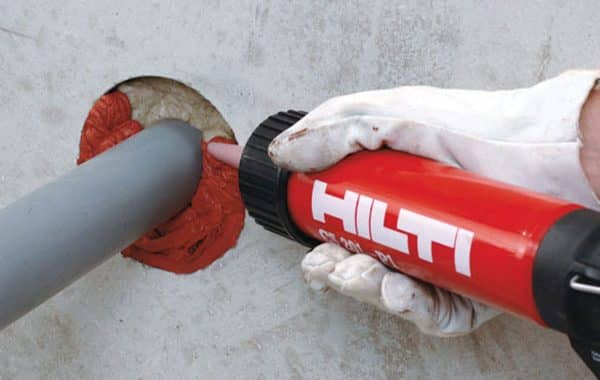
The caulking experts for Windows & Doors in Montreal
These phenomena are very often caused by:
– Chemical weakening of sealants already in place
– Movement caused by the expansion and drying of the materials making up the structure of your home.
– Specialist in commercial caulking .
– Experience developed in industrial caulking .
– CAA Quebec Recommended Company
Contact our team
Gallery
Common problems
Condensation (fogging) between thermos windows
Cracked, damaged or unsealed glass
Water and air infiltration
Wear and tear of the mechanisms
What must I do?
It is common to observe some failures of the mechanisms as well as a decrease in the energy efficiency of the windows even before they have reached the life promised by the manufacturer.
More and more homeowners are choosing to renovate the windows on their property or building when they show obvious signs of fatigue.




